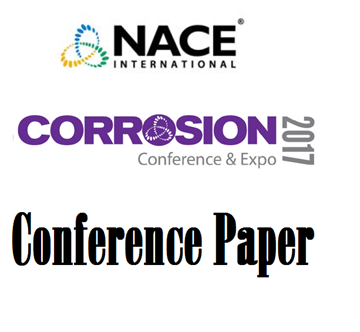Search
Products tagged with 'scrubbers'
View as
Sort by
Display
per page
51317--9747-Recent Failures of 2205 Duplex Stainless Steel in FGD Scrubbers - Could They Have Been Avoided?
Product Number:
51317--9747-SG
ISBN:
9747 2017 CP
Publication Date:
2017
$20.00
MEA Triazine Contactor Optimization to Increase Efficiency and Reduce Fouling Potential
Product Number:
51324-20391-SG
Publication Date:
2024
$40.00


